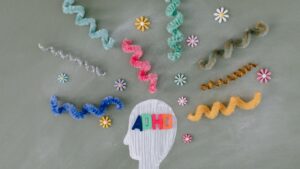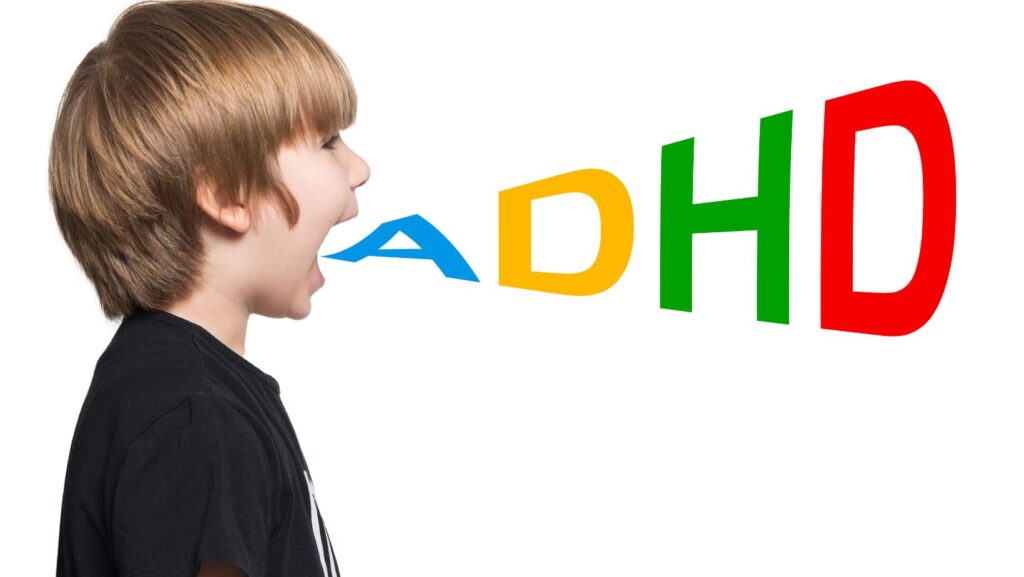Keeping focused and staying productive can be a real challenge for those with ADHD. It’s not just about managing time, it’s also about managing energy, attention, and even emotions. But don’t fret! With the right strategies, it’s entirely possible to boost productivity and make the most out of every day.
So, get ready to discover how you can turn your ADHD into a superpower for productivity.
Understanding ADHD and Productivity
Bridging the knowledge gap about ADHD and productivity reinforces ways to accentuate productivity hacks for ADHD. The ensuing subsections provide illuminative information about ADHD and its influence on productivity.
What is ADHD?
ADHD, or Attention-Deficit/Hyperactivity Disorder, is a psychological condition often initialized during childhood and potentially carried into adulthood. It is typified by a lack of attention, hyperactivity, or impulsivity.
 How ADHD Affects Productivity
How ADHD Affects Productivity
ADHD can significantly hinder productivity due to its direct impact on focus, time management, and mental energy.
Individuals with ADHD often grapple with staying on task, find it strenuous to follow complex procedures, or perceive it as uphill work to finish tasks in an orderly or timely fashion.
Productivity Challenges for People with ADHD
Facing varied productivity challenges, individuals with ADHD often struggle to stay focused, organized, and diligent. This section specifically highlights how to deal with attention span issues and overcome disorganization and forgetfulness, which are common productivity barriers for people with ADHD.
Dealing with Attention Span Issues
Attention span issues, linked to ADHD, can impede productivity. Individuals face problems like drifting thoughts, inability to stagnate on one task, and easy distractions. Here, effective hacks can be applied to increase attention span and thus, productivity. Similarly, embracing active reading techniques, rather than passively absorbing information, can boost productivity.
Overcoming Disorganization and Forgetfulness
Disorganization and forgetfulness are other dominant productivity challenges people with ADHD encounter. Solutions that directly address these challenges lead to improved productivity. For example, organizing the workspace and implementing a reliable filing system can improve efficiency by boosting focus and reducing time spent searching for items.
Productivity Hacks For ADHD
Productivity hacks for ADHD focus on practical strategies and proven methods. This section highlights three additional methods: implementing structure and routines, utilizing productive tools and applications, and incorporating regular physical activities.
 Implementing Structure and Routine
Implementing Structure and Routine
Incorporation of structure and routines into daily life offers a secure framework for individuals with ADHD. Benefits include the ease of shifting between tasks and mitigation of common distractions.
For instance, establishing daily routines like designating timeframes for work, sleep, meals, and relaxation abates decision fatigue and promotes predictability.
Incorporating Physical Activity into Routine
Physical activity plays a crucial role in coping with ADHD as it can improve mood, focus, and cognitive functions. Several studies reveal that moderate-intensity exercise, like brisk walking, jogging, or cycling, triggers the release of chemicals in the brain like dopamine and norepinephrine that help improve focus and attention.
ADHD-Friendly Techniques to Boost Efficiency
This section offers underlying techniques specifically suited for individuals with ADHD to augment their productivity. These methods provide structure and allow better management of time, ensuring tasks completion, and improved productivity.
The Pomodoro Technique
Opting for the Pomodoro Technique can augment productivity among individuals with ADHD. Originated by Francesco Cirillo, this technique involves dividing tasks into manageable segments, typically 25 minutes, followed by a five-minute break.
 Time Blocking Method
Time Blocking Method
Implementing the Time Blocking Method can enhance task management for ADHD individuals. It requires allocating specific time slots dedicated to distinct tasks or activities throughout the day, establishing a routine, and providing a sense of control.
For example, an individual might set aside two hours in the morning for work projects, one hour after lunch for catching up on emails, and thirty minutes in the evening for planning the next day.
The 2-Minute Rule
Adopting the 2-Minute Rule reinforces productivity among ADHD individuals. The principle behind this rule, proposed by productivity guru David Allen, suggests that if a task takes approximately two minutes or less to complete, it should be done immediately rather than put off for later. By implementing this straightforward strategy, individuals with ADHD can improve their productivity and efficiently manage their tasks.

